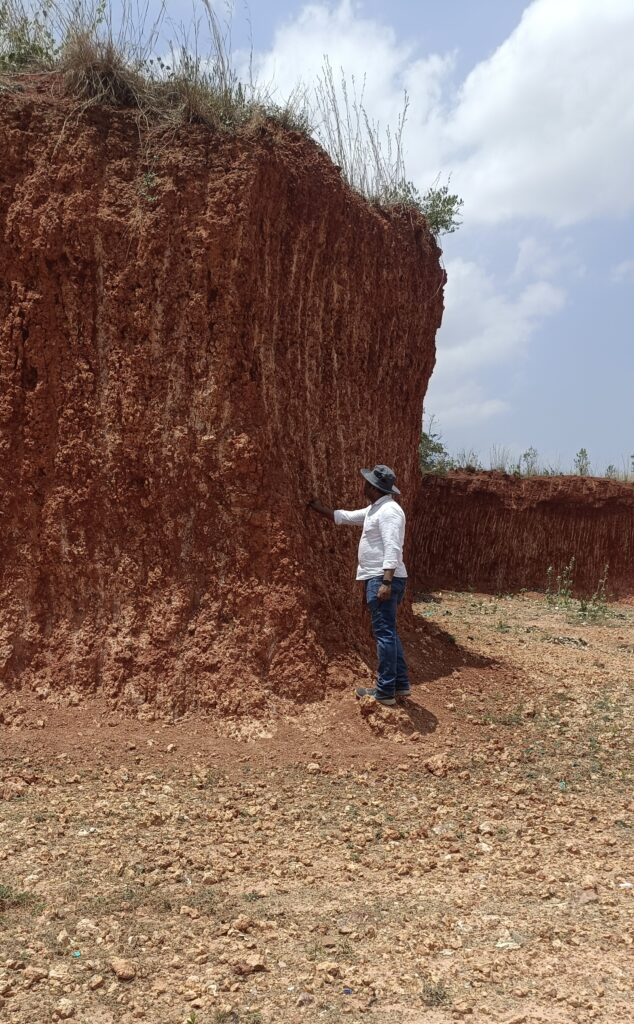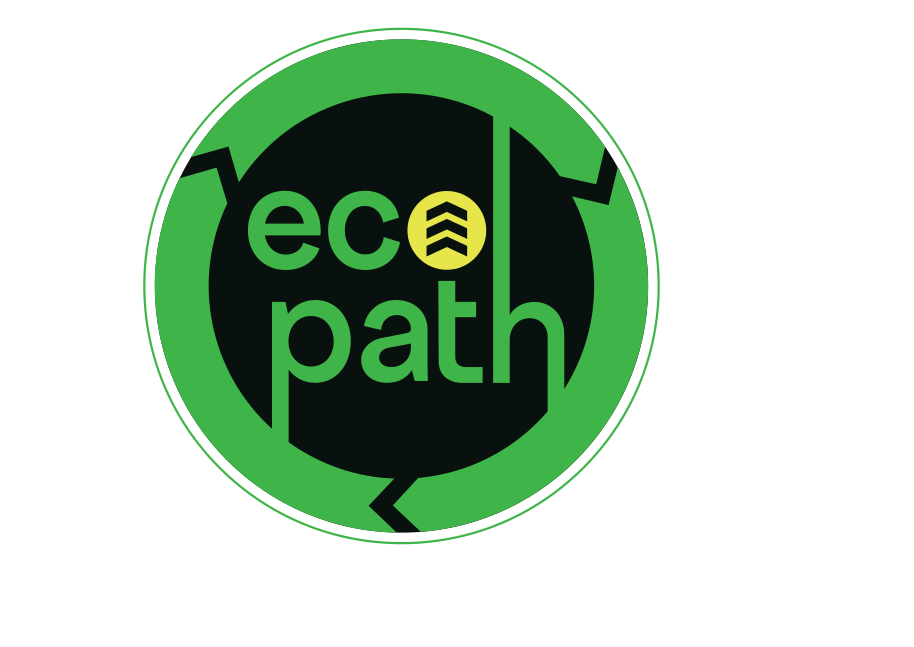How a conversation reshaped how we build stronger, more sustainable roads
1. A Conversation That Sparked a Shift
Some of the most powerful changes don’t begin in conference rooms or on CAD drawings—they begin with honest questions.
When I sat down with the Svamitva Group team for what we thought would be a typical project discussion, Mahaveer Mehta, the MD, asked:
“Sourabh, how can we make our roads stronger—but more sustainable?”
This wasn’t just a design brief. It was a mindset shift.
And when I asked him, “Why are you bothered about sustainability?” his answer was as simple as it was profound:
“Because that is the right thing to do.”
That one sentence became the foundation of everything that followed.
2. The Status Quo: What Most Roads Still Look Like
Before we dive into what we did differently, let’s quickly talk about how most internal roads are built:
Typical Construction Approach
- GSB (Granular Sub-Base) – Layer 1 (approx. 200mm thick)
- WMM (Wet Mix Macadam) – Layer 2 (approx. 200mm thick)
- Top Layer – Paved with bitumen or blocks
This method works structurally but comes with issues:
- Consumes large volumes of virgin aggregates
- Requires material to be transported from quarries
- Has high embodied carbon emissions
- Doesn’t consider the natural strength of existing soil
The cost isn’t just monetary—it’s environmental
3. Doing It Differently: Our Redesign Philosophy
For Svamitva, we wanted to achieve something better. So, we started where every meaningful solution should begin:
Know Your Ground: Start with Soil Testing
We conducted deep tests on-site to understand the true characteristics of the soil:
- CBR (California Bearing Ratio)
- Atterberg Limits
- Soil gradation and moisture levels
The data showed us that the existing soil had great potential—if we treated it right.

4. The New Road Design: Stronger with Less
Armed with our soil data, we moved away from the traditional layers and created something far more thoughtful:
The EcoPath Design for Svamitva Roads
- Layer 1: 125mm of on-site soil + bio-enzyme + 30% aggregates
- Layer 2: Another 125mm of the same mix
- Top Layer: Interlocking blocks
That’s a total of 250mm, instead of the 400mm standard—and with no cement or bitumen in the lower layers.
Why This Works
- Enzyme stabilisation improves binding without the need for cement
- 30% aggregates reduce cost and carbon footprint
- Less depth = less excavation
- Better compatibility with the land
5. Numbers That Matter: Environmental Impact
One of the most powerful outcomes of this approach is the CO₂ saved—not just through the materials used, but the materials we didn’t use.
Impact Snapshot
- CO₂ Saved per 1,000 sq.m: 4+ tonnes
- Aggregates Saved: ~35%
- Cement/Bitumen Usage: Zero in the base layers
- Water Consumption: Reduced by ~25% due to lesser compaction cycles
These aren’t just numbers—they represent land preserved, resources respected, and futures safeguarded.
6. Building with the Right Mindset
While the technical win was evident, what made this project deeply meaningful was something else: the people behind it.
Mahaveer Mehta and the Svamitva team didn’t ask for a sustainable solution to follow a trend.
They asked because they genuinely believed it was the right thing to do.
That changed everything.
No shortcuts.
No compromises.
Just alignment of values between developer and builder.
7. Rethinking Road Engineering for the Future
At EcoPath, we’ve now made a quiet resolution:
Every project begins with soil testing.
Every design must respect what the land already offers.
Every road must be engineered not just for performance—but for purpose.
We believe that if we start with questions that matter, we’ll always find answers that lead to more conscious construction.
8. Gratitude and Takeaways
This road may stretch across only a few hundred metres—but the ripple effect of its message goes far.
We’re deeply grateful to Svamitva Group for:
- Trusting us with an open-ended question
- Choosing values over shortcuts
- Allowing innovation where it mattered most
9. Final Thoughts
This journey with Svamitva reminded us that the future of infrastructure doesn’t lie in better materials alone—it lies in better thinking.
And often, it all begins with a single question:
“Can we do this better?”
The answer, when backed by values and vision, is always yes.
Let’s keep asking those questions.
Let’s keep building the kind of world we’re proud to pass down.

Leave a Reply